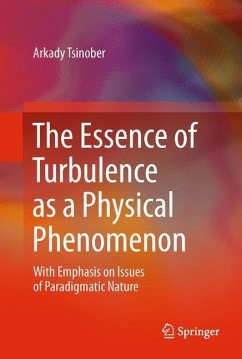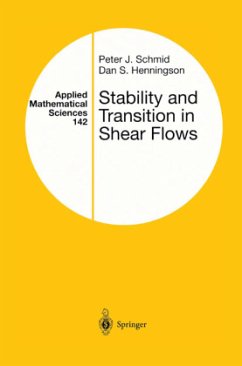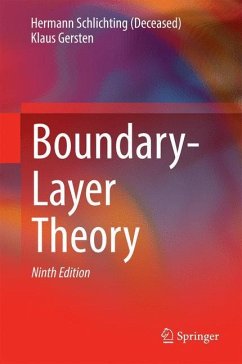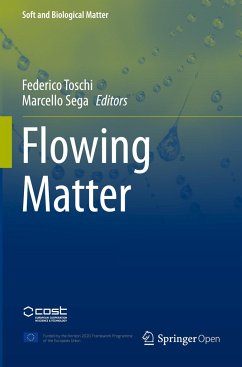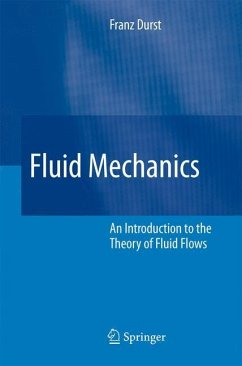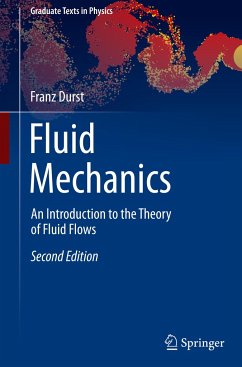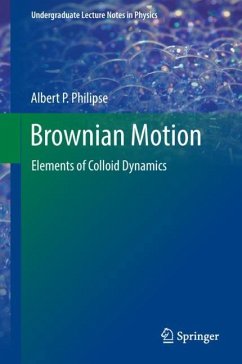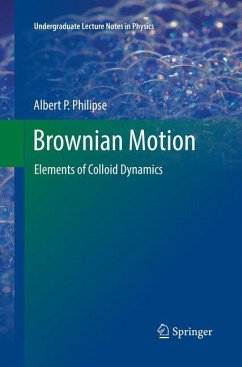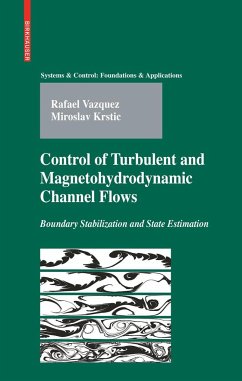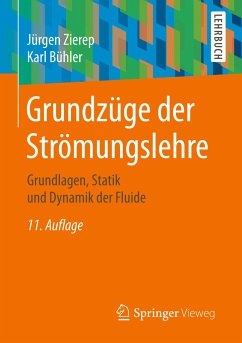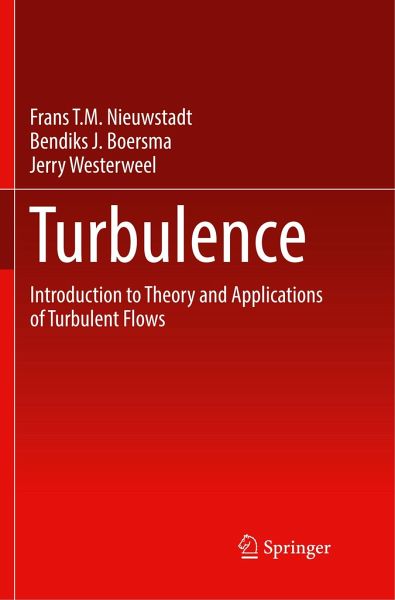
Turbulence
Introduction to Theory and Applications of Turbulent Flows
Versandkostenfrei!
Versandfertig in 6-10 Tagen
49,99 €
inkl. MwSt.

PAYBACK Punkte
25 °P sammeln!
This book provides a general introduction to the topic of turbulent flows. Apart from classical topics in turbulence, attention is also paid to modern topics. After studying this work, the reader will have the basic knowledge to follow current topics on turbulence in scientific literature. The theory is illustrated with a number of examples of applications, such as closure models, numerical simulations and turbulent diffusion, and experimental findings. The work also contains a number of illustrative exercisesReview from the Textbook & Academic Authors Association that awarded the book with th...
This book provides a general introduction to the topic of turbulent flows. Apart from classical topics in turbulence, attention is also paid to modern topics. After studying this work, the reader will have the basic knowledge to follow current topics on turbulence in scientific literature. The theory is illustrated with a number of examples of applications, such as closure models, numerical simulations and turbulent diffusion, and experimental findings. The work also contains a number of illustrative exercises
Review from the Textbook & Academic Authors Association that awarded the book with the 2017 Most Promising New Textbook Award:
"Compared to other books in this subject, we find this one to be very up-to-date and effective at explaining this complicated subject. We certainly would highly recommend it as a text for students and practicing professionals who wish to expand their understanding of modern fluid mechanics."
Review from the Textbook & Academic Authors Association that awarded the book with the 2017 Most Promising New Textbook Award:
"Compared to other books in this subject, we find this one to be very up-to-date and effective at explaining this complicated subject. We certainly would highly recommend it as a text for students and practicing professionals who wish to expand their understanding of modern fluid mechanics."



